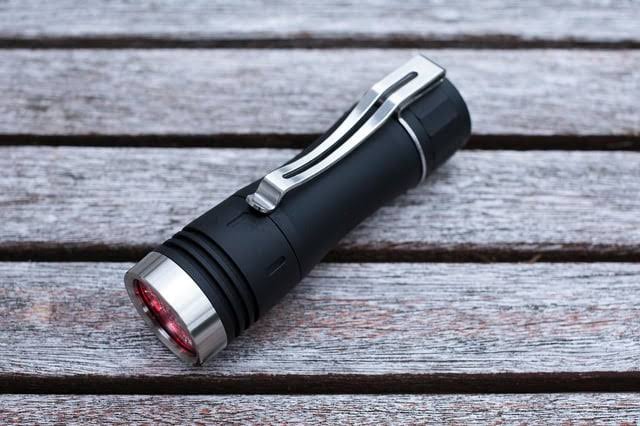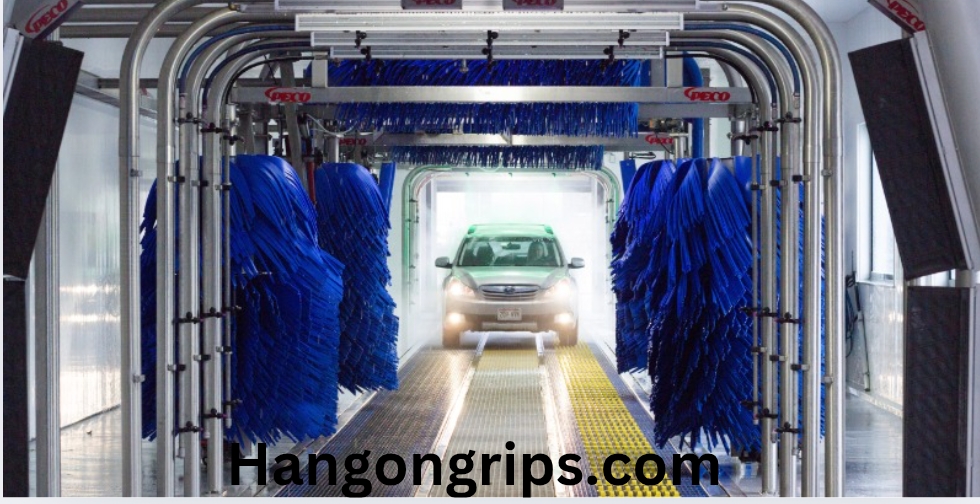The 519A 5700K Dedomed Boost a common high-performance LED used in numerous lighting applications, including flashlights and other illumination systems. Some enthusiasts and technicians opt to “dedome” the LED to increase its performance and adjust its beam characteristics. This method includes removing the dome that covers the LED chip to modify the light output and boost the brightness. But what precisely does this imply, and how does it effect the performance? Let’s break it down.
What Does “Dedoming” Mean?
“Dedoming” refers to the process of removing the silicone dome that covers the LED chip. This dome is normally included to shield the LED chip and disperse the light evenly, however removing it might lead to many modifications in the light output.
Why Dedome an LED? 1. Increased Luminous Output: By removing the dome, the LED’s light output becomes more focused, resulting in a brighter, more intense beam.
- Tighter Beam Focus: The beam pattern may become more concentrated, which is appropriate for long-distance illuminating applications.
- Higher Efficiency: In certain circumstances, eliminating the dome may minimize light loss, enabling more light to be focused in the appropriate direction, enhancing overall efficiency.
How Does Dedoming the 519A 5700K LED Boost Performance?
The 519A 5700K is noted for its remarkable performance out of the box, with a high color temperature (5700K) that creates a cool, white light. When you dedome the 519A, the following outcomes normally occur:
- greater Lumen Output: Without the dome, the LED can create a greater overall lumen output, which improves brightness.
- Improved Beam Distance: The beam becomes more concentrated and can go farther, making it perfect for applications like searchlights or throw-focused spotlights.
- Potential Color fluctuations: Dedoming an LED might cause small fluctuations in color temperature. It’s typical for the color to move towards a warmer tone (lower Kelvin), which may or may not be acceptable depending on your tastes.
How to Dedome the 519A 5700K LED
If you wish to dedome your LED, here’s a brief explanation of how the procedure is commonly done:
- Safety First: Always confirm that the LED is switched off, and use proper safety measures to prevent harm.
- instruments Required: – Precision instruments such as tweezers or tiny pliers.
- A heat source (like a heat gun) to soften the dome.
- A firm hand and patience to delicately remove the dome.
- Heating the Dome: Use the heat gun to slowly warm the silicone dome. This makes it simpler to take off without hurting the underlying LED chip.
- Removing the Dome: Once heated, carefully use tweezers or tiny pliers to pull away the silicone dome, taking cautious not to harm the LED itself.
- Testing the LED: After dedoming, test the LED to check it’s still operating appropriately and note the variations in light output.
Potential Risks of Dedoming the 519A 5700K LED
While dedoming may enhance performance in terms of brightness and beam distance, there are several possible dangers involved:
- Risk of Damage: The LED chip is sensitive, and inappropriate handling during the dedoming procedure might cause irreparable damage.
- Warranty nullify: If the LED is still under warranty, dedoming may nullify it.
- Heat Generation: Without the protective dome, the LED can become more prone to heat accumulation, which might limit its lifetime if not carefully handled.
Conclusion
519A 5700K Dedomed Boost LED may greatly boost its brightness, beam distance, and efficiency, making it a popular modification for enthusiasts trying to optimize their lighting system. However, the procedure should be done cautiously, since there are possible hazards, such as harming the LED or voiding warranties. If you’re familiar with the technique and understand the modifications. it might make to the LED’s performance, dedoming could be a desirable improvement.
FAQs
- What is the major advantage of dedoming the 519A 5700K LED?
The biggest advantage is the increase in brightness and beam distance, since the light becomes more focused without the silicone dome. - Can dedoming modify the color of the LED?
Yes, the color temperature may alter somewhat, generally towards a warmer tone, after dedoming. - Is it safe to dedome an LED myself?
It is safe if done correctly and with the appropriate instruments. However, there is a danger of harming the LED if the operation is not done properly. - Does dedoming boost efficiency?
In certain circumstances, yes, it may enhance the efficiency by minimizing light loss that happens with the dome in place. - How can I prevent the LED from overheating after dedoming?
To avoid overheating, provide effective heat dissipation, such as utilizing a suitable heat sink or ensuring enough ventilation in the system.











